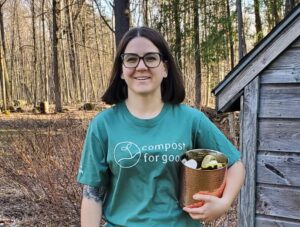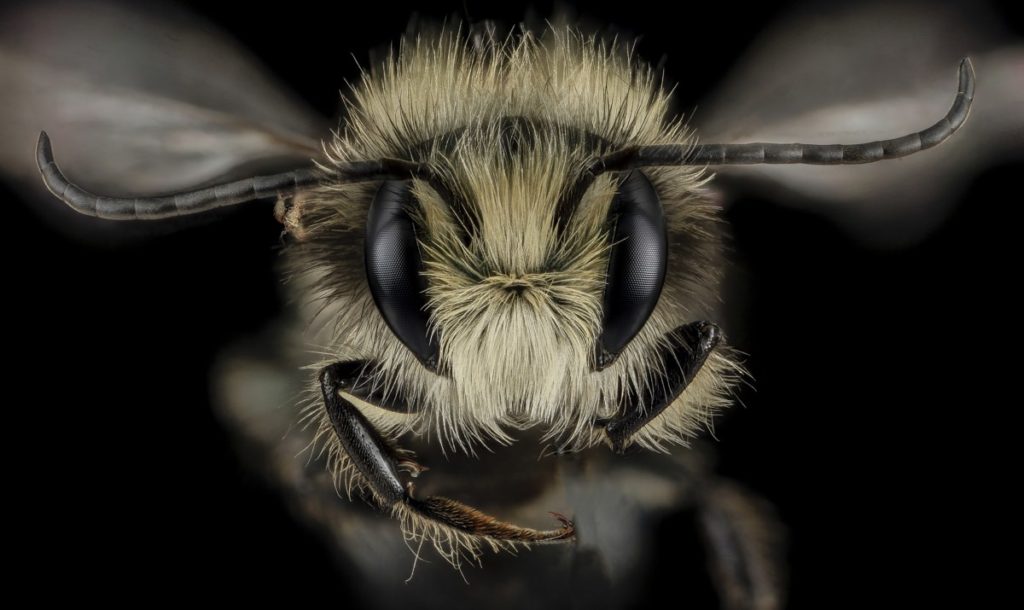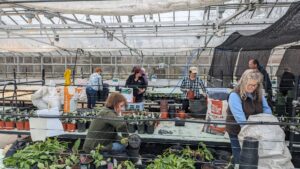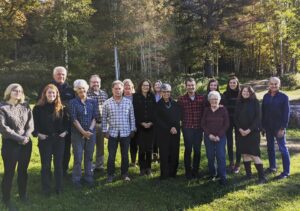The honeybee is not native to North America, but was brought over by Europeans in the 1600’s, as their preferred pollinator. Despite a lack of honeybees, North America did have its own pollinators, in the form of other bee species. The most well-known of these is the blue orchard bee, also known as BOB, and it also turns out to be a more efficient pollinator than the average honeybee. However, while a better pollinator, BOBs are also solitary creatures, preferring to live on their own, as opposed to the large hives that honeybees form. The USDA has been experimenting with different strategies in order to better entice BOBs to stay in one area and pollinate, and it remains to see whether these strategies will work long term.

Compost for Good Launches Innovative Education and Outreach Campaigns to Promote Food Waste Reduction in the North Country
Compost for Good, in partnership with Clarkson University, AdkAction and the Adirondack North Country Association (ANCA), is excited to announce the launch of its new series of education and outreach campaigns. The goal of the campaigns is to enhance community engagement and knowledge about food waste reduction and community scale




